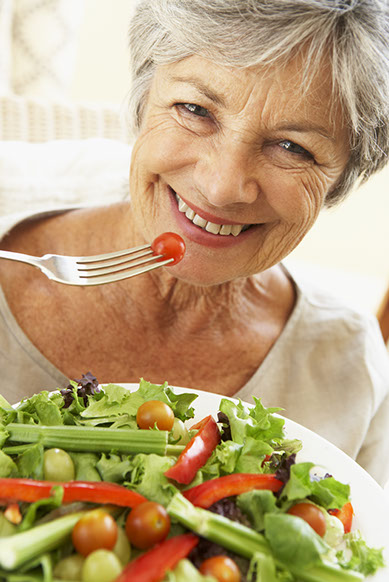
Most of the food we eat turns into glucose which provides energy for our bodies. Our pancreas makes a hormone called insulin to help move the glucose through the cells of our bodies. Diabetes occurs when your body does not produce enough insulin (Type 1 Diabetes) or cannot use its own insulin as it should (Type 2 Diabetes). This will cause sugar to build up in your blood.
Symptoms of Diabetes:
- Hunger
- Feeling clammy or sweaty
- Pale skin color
- Numbness or tingling around the mouth
- Shakiness
- Dizziness
- Rapid heartbeat
- Headache
- Confusion
- Nervousness or irritability

Hypoglycemia: is a condition characterised by abnormally low blood glucose levels (sugar levels). It is always imperative to talk to your health care provider about your personal glucose targets and what level is considered low for you and your body. Each person’s reaction to hypoglycemia is different, so it is important to know your own body, and triggers that indicate your levels are becoming too low.
Initial Symptoms of hyperglycemia:
- Feeling very thirsty
- Blurred vision or trouble seeing
- Feeling very tired or weak
- Needing to urinate often
- Headache
If hyperglycemia goes untreated, later symptoms may occur including:
- Fruit-smelling urine
- Nausea or vomiting
- Shortness of Breath
- Dry Mouth
- Weakness
- Confusion
Diet and Exercise:
Meal Planning:
A healthy diet for individuals with diabetes is typically the same as a healthy diet for anyone. Your plan should be low in fat, especially saturated and Trans fat, moderate in sugar and salt, and your meals should include whole grains,fruits and vegetables. The American Diabetes Association recommends super Foods to add to your diet.
1. Beans-kidney, pinto, navy, and black beans
2. Dark Green Leafy Vegetables-spinach, collards and kale
3. Citrus Fruit- grapefruit, oranges, lemons and limes
4. Sweet Potatoes-Vit A and Fiber
5. Berries-blueberries, strawberries, raspberries and blackberries
6. Tomato’s-pureed, raw, or in a sauce
7. Fish-high in omega 3 fatty acids (salmon)
8. Whole Grains-germ or bran
9. Nuts-walnuts, and flax seeds
10. Fat free milk and yogurt-calcium and Vit D
Visit www.diabetes.org for great recipes and tips for eating well with diabetes.
Stay Active:
Exercise is important to your health and blood sugar control. Even a small increase in physical activity may help to make a big difference in your diabetes.Your activity plan and your meal plan work together. Staying active also strengthens bones and muscles, provides you with energy, and relieves stress.
